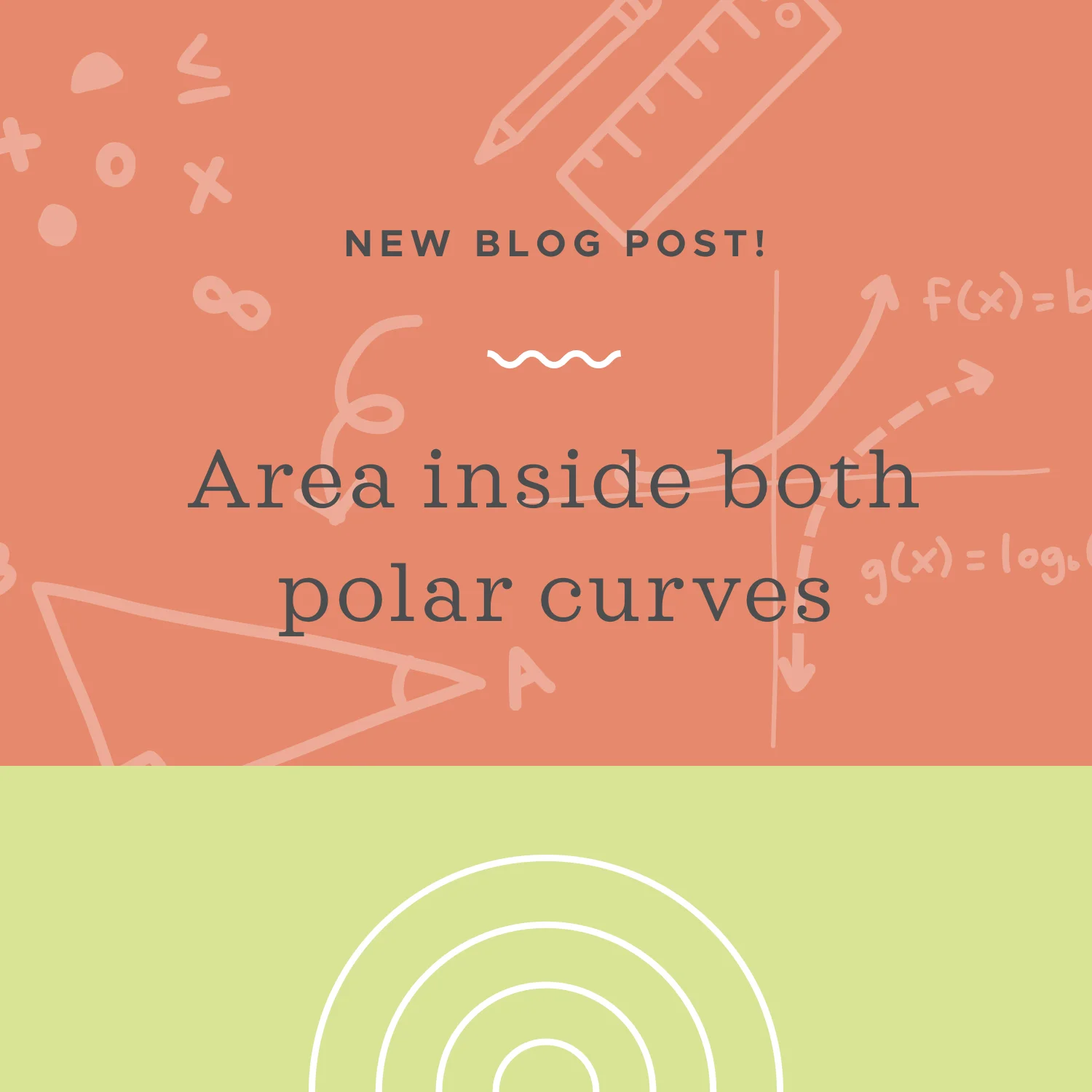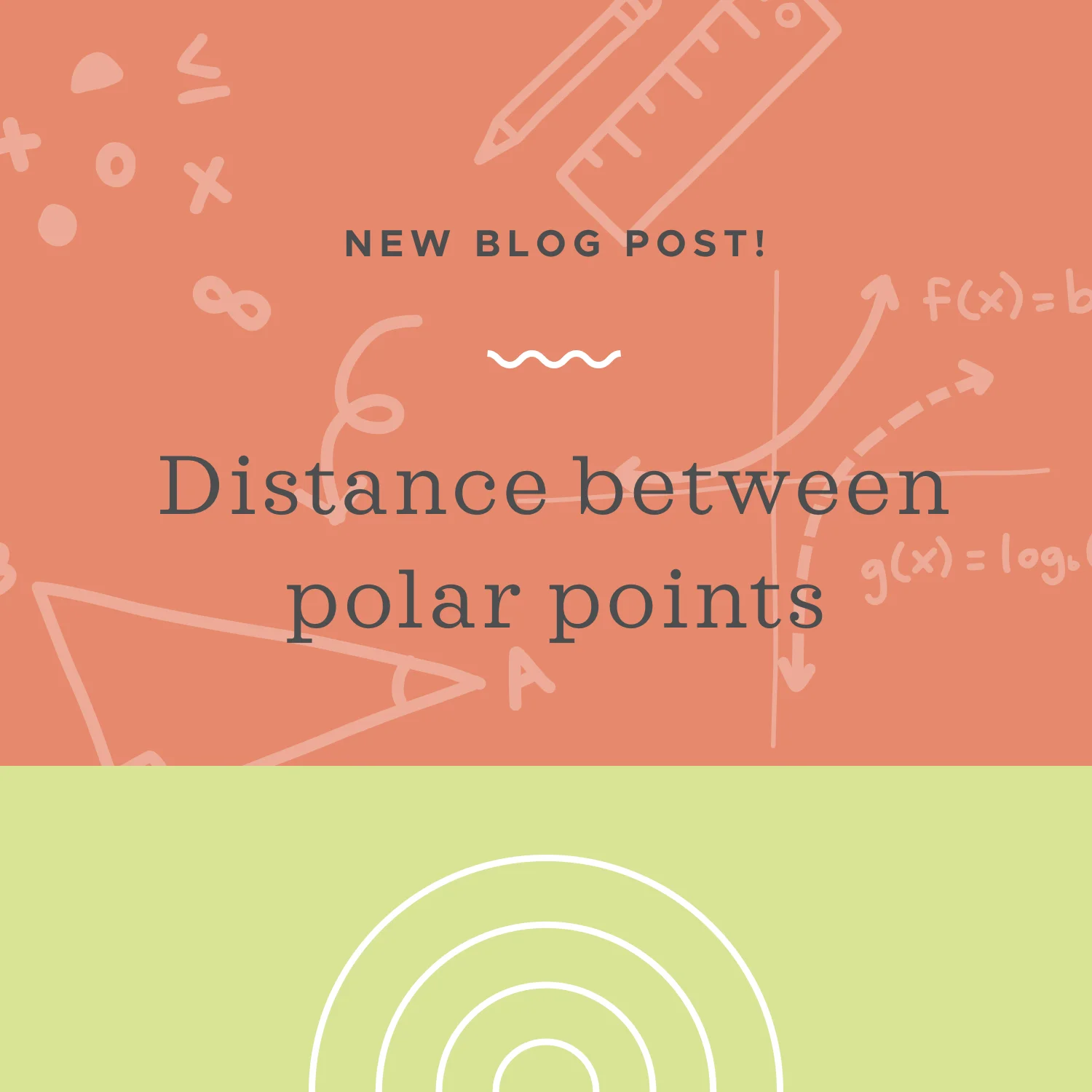To convert polar equations to rectangular equations, we’ll use the conversion formulas x=rcos(theta), y=rsin(theta), and r^2=x^2+y^2. Our goal will be to replace all the r and theta variables with x and y variables.
Read MoreThe area inside a polar curve is given by a formula for A, where [alpha,beta] is the interval over which we’re integrating, and where r is the equation of the polar curve. Plugging everything into the formula will let us calculate the area bounded by the polar curve.
Read MoreWe can find the surface area of the object created when we rotate a polar curve around either the x-axis or the y-axis. We use a specific formula to find surface area, depending on which axis is the axis of rotation.
Read MoreThe arc length of a polar curve is simply the length of a section of a polar parametric curve between two points a and b. We use a specific formula in terms of L, the arc length, r, the equation of the polar curve, (dr/dtheta), the derivative of the polar curve, and a and b, the endpoints of the section.
Read MoreTo find the points of intersection of two polar curves, 1) solve both curves for r, 2) set the two curves equal to each other, and 3) solve for theta. Using these steps, we might get more intersection points than actually exist, or fewer intersection points than actually exist. To verify that we’ve found all of the intersection points, and only real intersection points, we graph our curves and visually confirm the intersection points.
Read MoreThe best way to solve for the area inside both polar curves is to graph both curves, then based on the graphs, look for the easiest areas to calculate and use those to go about finding the area inside both curves. We’ll solve for the points of intersection and use those as the bounds of integration.
Read MoreTo find the equation of the tangent line to a polar curve at a particular point, we’ll first use a formula to find the slope of the tangent line, then find the point of tangency (x,y) using the polar-coordinate conversion formulas, and finally we’ll plug the slope and the point of tangency into the point-slope formula for the equation of a tangent line.
Read MoreTo find the distance between two polar coordinates, we have two options. We can either convert the polar points to rectangular points, then use a simpler distance formula, or we can skip the conversion to rectangular coordinates, but use a more complicated distance formula.
Read MoreIn order to calculate the area between two polar curves, we’ll 1) find the points of intersection if the interval isn’t given, 2) graph the curves to confirm the points of intersection, 3) for each enclosed region, use the points of intersection to find limits of integration, 4) for each enclosed region, determine which curve is the outer curve and which is the inner, and 5) plug this into the formula for area between curves.
Read MoreTo sketch a polar curve, first find values of r at increments of theta, then plot those points as (r, theta) on polar axes. Then connect the points with a smooth curve to get the full sketch of the polar curve.
Read More











